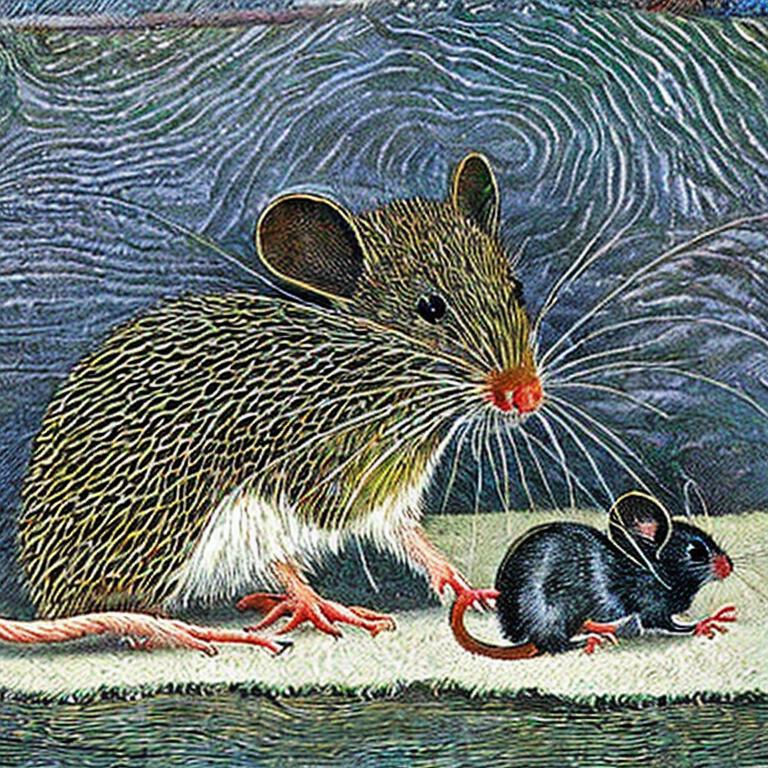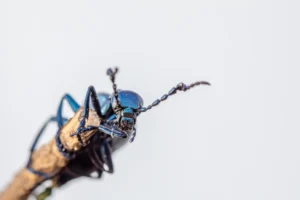In the intricate tapestry of our ecosystems, mice emerge as a ubiquitous presence. These small rodents, belonging to the family Muridae, display an astonishing diversity of species, each equipped with distinctive traits and behaviors. While many mouse species play vital roles in ecosystems, their interactions with human habitats can vary widely, often presenting challenges for homeowners. Understanding the characteristics of different mouse species and the issues they pose is essential for effective pest management and disease prevention.
House Mouse (Mus musculus):
Among the most prevalent and notorious mouse species, the house mouse holds a prominent position. Distributed worldwide, these adaptable rodents thrive in close proximity to humans. House mice possess a remarkable ability to breed prolifically, allowing them to establish sizable populations swiftly. Their diminutive size and agility enable them to infiltrate homes and other structures with ease.
House mice create significant issues for homeowners due to their propensity to contaminate food stores and spread diseases. These rodents are opportunistic scavengers with a broad dietary range, encompassing grains, fruits, and human food items. As they forage for sustenance, they can leave droppings, urine, and distinctive gnaw marks on food packaging.



What type of mouse is that?
Such contamination renders ingested food unsafe, leading to health risks for humans. Moreover, house mice can transmit a spectrum of diseases through their waste, including salmonellosis, leptospirosis, and hantavirus. Their rapid reproduction accelerates the potential for infestations to spiral out of control, amplifying the risk of disease transmission and structural damage.
Norway Rat (Rattus norvegicus):
Often referred to as the common rat or brown rat, the Norway rat is another species that thrives in close proximity to human settlements. These rats are larger than house mice and possess a robust burrowing instinct. Often found in sewers, basements, and areas with abundant food resources, Norway rats exhibit a remarkable adaptability to urban environments.
For homeowners, Norway rats pose significant challenges due to their destructive tendencies and disease transmission potential. With strong jaws and teeth, these rodents can gnaw through various materials, including wood, plastic, and even metal. Such gnawing behavior can lead to structural damage, compromised insulation, and electrical malfunctions within homes, fostering safety hazards. Moreover, Norway rats are carriers of diseases like leptospirosis (Weil’s disease), which can be transmitted through their urine. Human contact with contaminated surfaces or water sources can result in severe illness, emphasizing the public health risk they pose.
Deer Mouse (Peromyscus maniculatus):
Inhabiting more rural and natural environments, the deer mouse exhibits a unique presence among mouse species. Recognizable by its bi-colored tail and white underparts, this species typically avoids close human interaction. However, they can become problematic when they invade homes, sheds, and barns in search of shelter and sustenance.
Homeowners should be particularly cautious about deer mice due to their association with hantavirus pulmonary syndrome (HPS). Hantaviruses, transmitted through contact with infected rodents’ waste, can lead to severe respiratory illness in humans. Inhalation of airborne particles contaminated with these viruses is the primary mode of transmission. Deer mice, acting as primary carriers of hantavirus in North America, represent a potential public health threat when their intrusion into homes places residents at risk, especially during cleaning and sanitation efforts without proper precautions.
Field Mouse (Apodemus sylvaticus):
Often referred to as the wood mouse, the field mouse prefers outdoor environments like fields, gardens, and woodlands. While less prone to invading homes compared to other species, field mice can still create problems for homeowners, especially during colder months.
Field mice may appear less troublesome, yet they can introduce secondary infestations and structural damage. Carrying parasites like ticks and fleas, they can inadvertently bring these pests into homes, leading to broader infestations and potential health risks. Their propensity for gnawing poses a risk to stored items, insulation, and wiring, which can compromise the structural integrity of homes and elevate fire hazards.




